As someone who grew up close to Calera what were your impressions of the estate and the wines it makes before joining?
I always knew Calera had a great reputation in our local town, but it wasn’t until I started to dive into the wine world when I realised it’s reputation around the world. I started to drink the wines towards the end of my time at UC Davis and realised then that this would be a dream for me to work for Josh Jensen.
You have made your winemaking name at the estate - but going back to the beginning what were your thoughts when Josh Jensen gave you the opportunity to join in 2007?
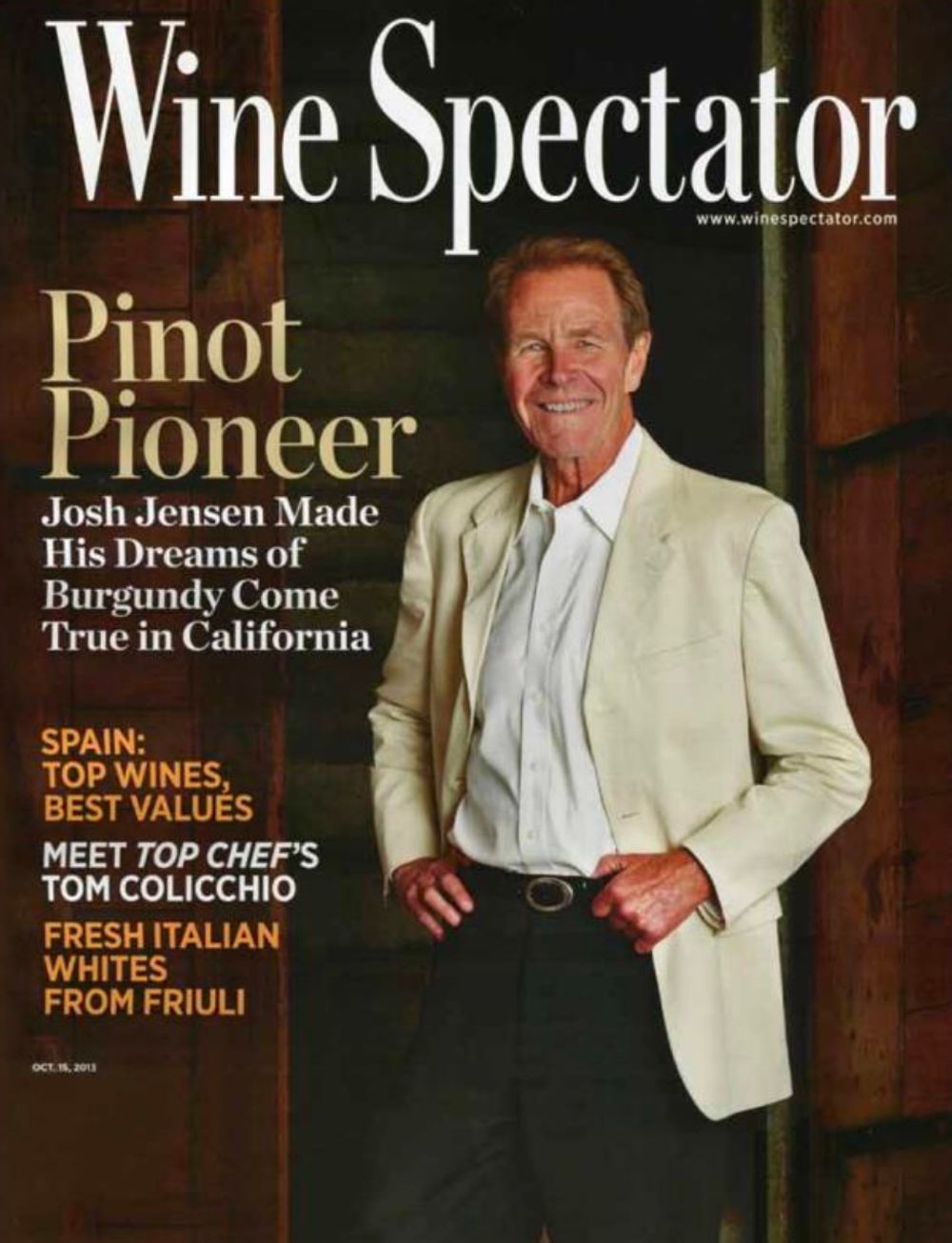
Mike Waller says he has so much to thank Josh Jensen for not only in how to make consistently good wine, but the chance to work at Calera
At that point I already knew I wanted to make Pinot Noir and Chardonnay. I was working for Chalone at the time and was ready to jump into a bigger role at another winery. I had met Josh several times prior to the move and was actually calling him for a reference when he said that he was just thinking of calling me for a position at Calera.
How would you describe Josh Jensen as a winemaker and what unique qualities did he have?
Josh never had the technical background, but got his start at two of the most renowned wineries in the world. Josh learned to make wine in the early 1970s and brought that back with him. Josh had a very hands off approach and allowed the wines to make themselves (whole cluster fermentations and native yeast). These were things I hadn’t experienced prior to Calera, but you have to trust that these things have worked for him for the first 30 years of making wine.
What did you learn most from him that you think still helps you today in the wines you make and how you work with the vines and in the cellar?
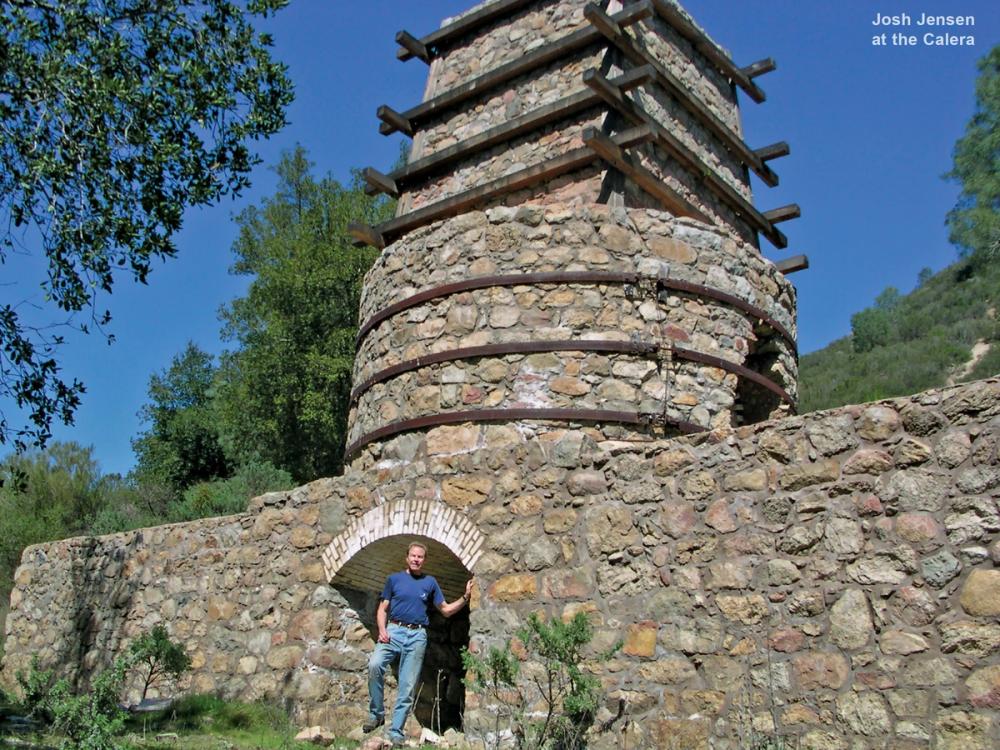
Consistency is the key to good quality winemaking is a message that Josh Jensen has passed on to Mike Waller
Consistency to the story and winemaking. Josh believed in the property and never chased the latest trends. He kept the winemaking style consistent year in and year out.
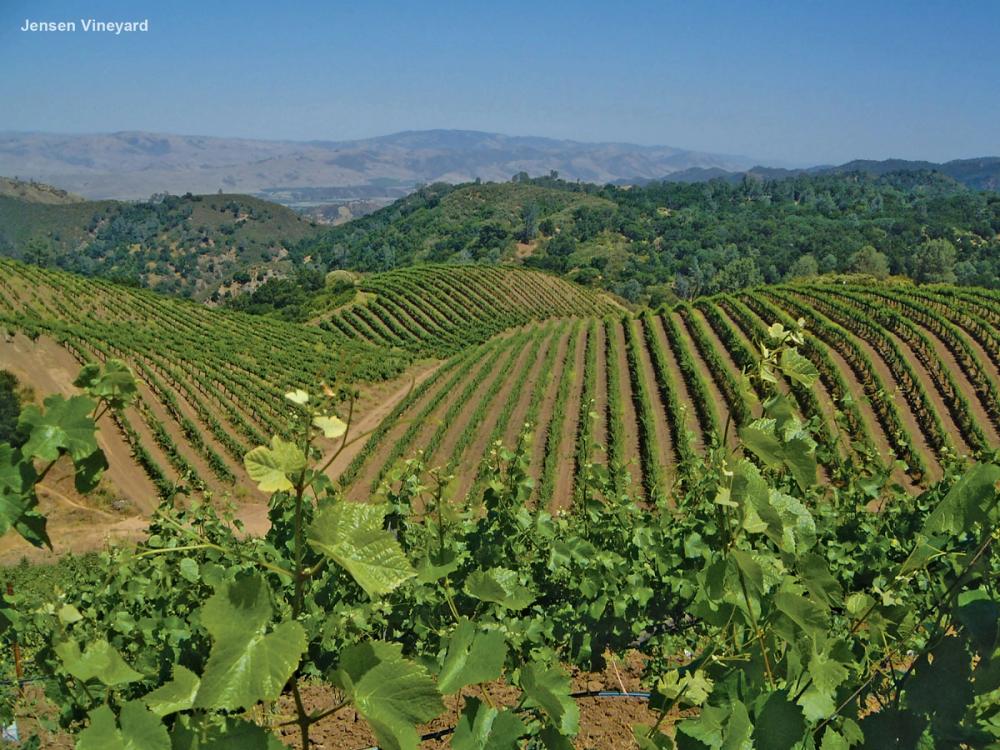
The quality of the soils and the location of the vineyards that make up the wines for Calera are what give it the edge, says Mike Waller
How do you think the wines you are making today have evolved since you first started in 2007?
Josh’s consistency rubbed off on me. The winemaking remains the same. As far as the wines we were making in 2007 the wines are all holding up beautifully. Over time the vineyards do evolve. Our latest planting from the late 90s (Ryan and deVilliers) were very tannic in those first five to 10 years of being here. Over time, as the roots dig deeper into the limestone soils, the tannins soften and the wines take on more complexity.
What do you see as being the biggest milestones - key decisions that you and the estate have made during that time?
The Central Coast wines (Chardonnay and Pinot Noir) have changed over time. We partnered with great growers and learned how to work the vineyards. I think these wines have much more consistency and bolder flavours than they did in the early years.
Also our Mt. Harlan Chardonnay gets more contact with lees and longer barrel aging time. We used to age it for 10 months, but found that 15 months of aging gave the wine more richness and complexity.
What would you pick out as the key characteristics of a Calera Pinot Noir that makes it so distinct from other wineries in California?
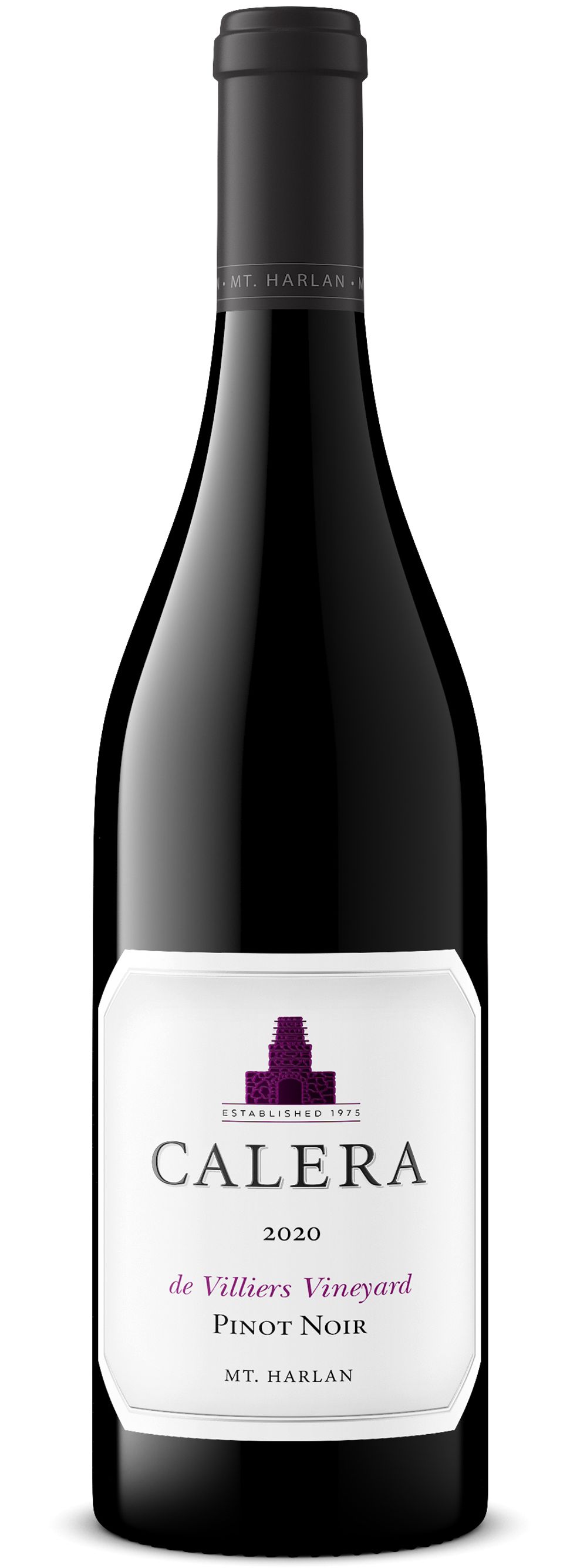
Our wines have structure and great phenolics that give these wines tension, and overall ageability. I believe it’s a combination of three components: limestone soil; elevation; and the ability to use whole cluster fermentations. Not all vineyards can achieve stem ripeness like Mt. Harlan.
How do you see the use of oak now and ageing compared to what was being done 20 years ago?
Our oak regimen has also remained consistent. We use 30% new French oak in all the Mt. Harlan Pinots and Chardonnay. We use about 10% for the Central Coast wines. Mainly Francois Freres barrels.
What are you still learning from your single vineyards and the unique qualities of the Mt Harlan area?
They are always evolving. We would love to be able to keep these in the ground forever, but unfortunately some vineyards begin to decline in production to a point that it’s not sustainable. The Jensen and Reed are 50 years old this year and still producing beautiful fruit, Selleck and Mills are being replanted. The Ryan and deVilliers are very healthy closing in on 30 years.
What are you still learning from the limestone that is at the heart of your Pinot Noirs?
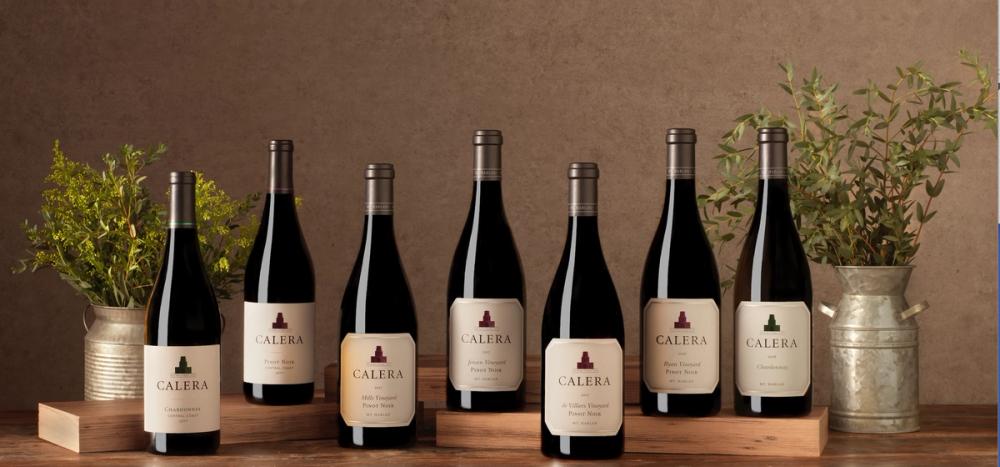
The Calera range of wines are now part of Top Selection's portfolio in the UK as part of its partnership with Duckhorn that took over the estate in 2017
Limestone is for sure the heart of our story. We’ve learned that our original rootstock of St. George is really integral in dealing with calcareous soils and drought conditions. In the mid 70s there were basically two rootstocks most people were using - AXR 1 and St. George. These days there are hundreds. We’ve played around with other rootstocks, but have had the best success with St. George.
What differentiates your Pinot Noir from the classic styles of Burgundy?
Like all great wines around the world it’s all about the site and terroir. I can easily identify our wines in a flight of Burgundy - they have a true sense of place. The only thing I would compare Mt. Harlan wines to Burgundy is their ageability and structure.
What do you see as your biggest opportunities still as a winemaker and for the estate?
Focusing on the vineyard replants and possibly finding a more reliable water source. Our average annual rainfall is around 16 inches. We rely heavily on rain because we don’t have very productive wells. Our soils are very porous and don’t hold a lot of water, but it allows the roots to dig deeper into the limestone.
As a winemaker I feel that I will continue to tell the story as Josh would. It’ll be my job to pass the torch down to next winemaker, but for now I feel like I can do this for another 20 years.
What do you see as your biggest challenges and how do you look to overcome them?
From the vineyard standpoint it’s all about the water. We need it to keep these vines healthy and productive. From the wine standpoint we are in tough times with tariffs and the next generation of wine drinkers. We need to educate the next generation.
Anything else to say?
I am proud of the opportunity I have had here. I’m happy that Josh gave me the shot, and I hope he would be proud of how I am carrying on the story.
* You can find out more about Calera and it wines at its website here.
* You can taste the Calera range of wines at Top Selection's 25th anniversary portfolio tasting on May 12 at Riverside Room, IET Savoy Place, London WC2R 0BL between 11am-6.30pm. Click here for more details and to register.
* Top Selection is a commercial partner to The Buyer. You can find out more about their range for the premium on and off-trade here.









































